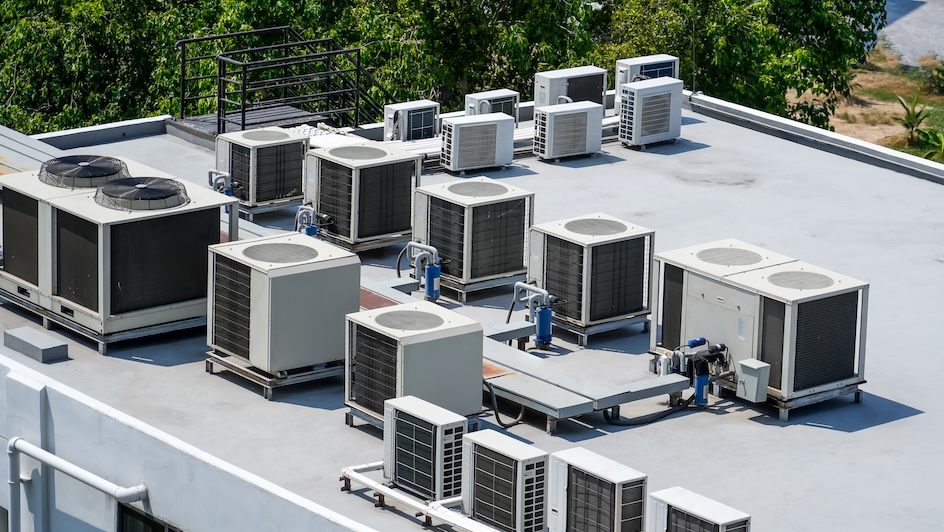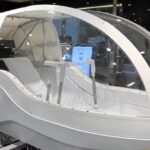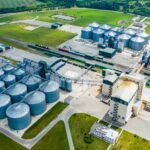New Building Material Offers Energy-Saving Possibilities

Researchers from China and Australia have unveiled a groundbreaking bioplastic “metafilm” that passively cools buildings without the need for electricity or mechanical systems.
Scientists from Zhengzhou University (ZZU) and the University of South Australia have constructed a film from biodegradable polylactic acid (PLA), one that reflects an impressive 98.7% of sunlight and emits internal heat directly into outer space.
In lab tests, the material reduced temperatures by up to 9.2°C under peak sunlight. Real-world field trials across China and Australia showed average drops of 4.9°C during the day and 5.1°C at night, even under harsh acidic and ultraviolet-rich conditions.
After 120 hours of exposure – equivalent to eight months outdoors – the film maintained cooling efficiency of up to 6.5°C.
“The material reflects nearly all solar radiation, but also allows internal building heat to escape directly into outer space. This enables the building to stay cooler than the surrounding air, even under direct sunlight,” said lead ZZU researcher Yangzhe Hou.
The PLA material offers a green substitute for conventional cooling systems made from petrochemical plastics or ceramics, combining sustainability with durability and high performance.
Simulations suggest applying the metafilm in cities like Lhasa in Tibet could reduce annual energy consumption from temperature control by as much as 20.3%. Beyond buildings, potential applications include cooling for transport, agriculture, electronics and even biomedical use, such as wound dressings.
The metafilm joins other passive cooling innovations – including the world’s whitest paint – and represents a promising leap towards carbon-free climate control.


























Go Social
SocialNew Social Releases – Check them out NOW! N$3/day subscription
TikTok Content
SocialNew content for your TikTok - Watch NOW!
Weird ’n Wacky
FunHilarious video clips featuring animals, sports, food, & more!
Status Hub
SocialTrend on WhatsApp with these statuses!
Social Trending
SocialWant Top Trending Stickers and WhatsApp Stories!?